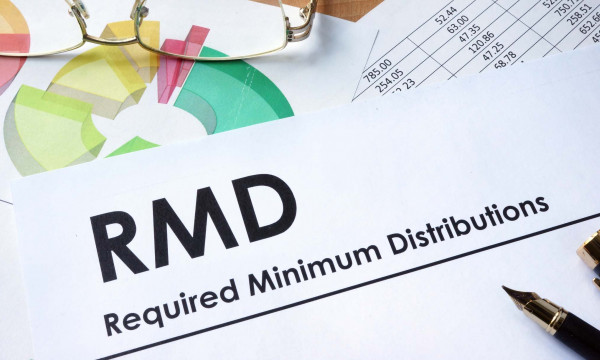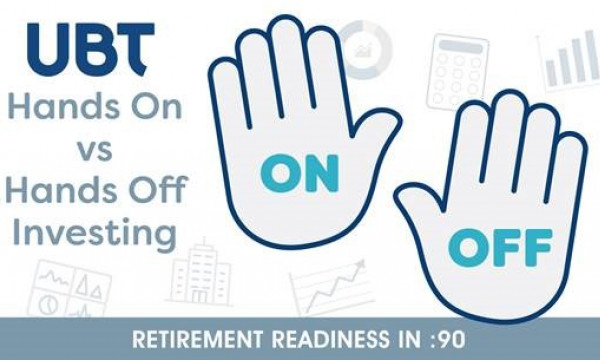How to save $1 million (and is that enough?)

Something the average worker may not realize is that the amount of money a person needs to save each year for retirement and how much they might need for retirement are actually two different numbers, but they’re closely related.
Saving 15% of your salary each year is a good rule of thumb to follow, and this includes any employer contributions you receive. This target can vary depending on factors like when you started saving, how much you’ve already saved, when you plan to retire, and others, but in general, saving 15% of your pay is a good goal to hit.
The total amount someone might need for retirement is a completely different number, and it’s based off your age and salary. According to Fidelity, someone retiring at age 67 should have 10 times their salary at age 67 saved for retirement. If you start early enough, saving 15% can help you reach savings benchmarks like this one.
How much you should be saving and how much you should have saved by a particular age based on your salary are great guidelines to follow and will be different for everyone, though having $1 million saved up is sometimes an amount people would like to hit.
So, let’s look at how someone at different ages can reach the goal of having $1 million saved by retirement. Always remember, monthly amounts can be aided by any company contributions you receive. In our examples below, we’ll assume starting with a zero balance, a 6% annual rate of return on the investments, and a retirement age of 65.
- A 25-year-old would need to invest $522 per month
- A 35-year-old would need to invest $1,022 per month
- A 45-year-old would need to invest $2,195 per month
- A 55-year-old would need to invest $6,127 per month
While it might be tough to save when you’re younger, it can become even more difficult the longer you wait, as a larger portion of your paycheck will need to be put toward investing. This can leave less money to put toward other financial goals, such as paying off debt, saving for a child’s college expenses, a down payment for a home or vehicle, or that dream vacation.
Although our salaries may increase through our careers, so can expenses. That’s why it’s better to start early than hoping to contribute more later. Starting early is the best and easiest way, as it gives your investments more time to grow and requires less of a contribution from you.
The examples above are illustrations on how to reach that $1 million target, but everyone’s situation will be different. Some might need less, and others might need more. Following retirement savings benchmarks such as Fidelity’s are a better guide than trying to hit a random number. For helpful information about planning for retirement, check out UBT’s Learning Center. If you have questions on your personal situation, we’re always here to help.
|
Learning Center articles, guides, blogs, podcasts, and videos are for informational purposes only and are not an advertisement for a product or service. The accuracy and completeness is not guaranteed and does not constitute legal or tax advice. Please consult with your own tax, legal, and financial advisors.




